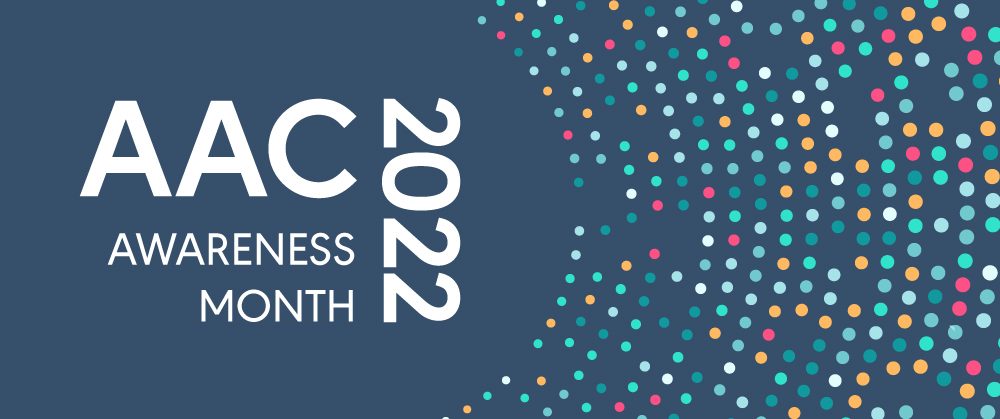Augmentative and alternative communication (AAC) helps millions worldwide who cannot rely on their natural speech to communicate.1 In honor of AAC Awareness Month, we’re presenting the latest for clinicians and researchers who are looking to assist and empower people who use AAC. As part of this year’s theme of “Show Your Voice,” the articles we’re featuring can help you support and advocate for children and adults who use AAC.
AAC in a Variety of Settings
Augmentative and Alternative Communication in the Classroom: Teacher Practices and Experiences: Speech-language pathologists (SLPs) can best support children who use AAC by working closely with educators and other professionals. In this article, the authors captured the experiences and teaching practices of general and special education teachers of children who use AAC.
Systematic Physical Assistance During Intervention for People Who Use High-Tech Augmentative and Alternative Communication Systems: The Importance of Using a Common Vocabulary: Speech-language pathologists typically use physical assistance to prompt motor learning for people who use AAC, lightening assistance over time to support independent communication. Here, researchers discuss using the language of the Functional Independence Measure (FIM) to help SLPs standardize physical assistance and describe how it’s being phased out with a particular patient.
Supporting Emergent Bilinguals Who Use Augmentative and Alternative Communication and Their Families: Lessons in Telepractice From the COVID-19 Pandemic: At the onset of the COVID-19 pandemic, AAC services shifted to either hybrid or completely computer-based services. This article shows that despite challenges, providing services online may help SLPs deliver more family-centered and culturally competent care.
AAC Advocacy and Access
Supporting Access to Mental Health Services for Patients Who Use Augmentative and Alternative Communication: A Proposed Framework and Suggestions for Future Directions: This article looks at how AAC can limit access to and participation in mental health services. Authors offers suggestions for future research on how we can help people who use AAC access the supports they need.
Supporting Communication Between Individuals With Disabilities and First Responders: A Preliminary Case-Based Interview Study: During a crisis, an individual with a communication disability or difference is at risk of communication breakdowns that could unintentionally escalate the situation. In this article, interviews illustrate that first responders may need further training on AAC and other disability-specific education.
Black Children With Developmental Disabilities Receive Less Augmentative and Alternative Communication Intervention Than Their White Peers: Preliminary Evidence of Racial Disparities From a Secondary Data Analysis: This study found that 75% of Black children with complex communication needs were receiving less than 1 hour of AAC intervention a week—less than their white peers and insufficient to achieve meaningful gains. The authors provide clear steps on how to confront this issue on both an individual and an institutional level.
“Show Your Voice”
If you’re looking for more resources on serving people who use AAC, our topic collection features more than 1,000 articles and is continuously updated as new articles publish. If you regularly work with AAC, you can also stay up to date by joining ASHA’s Special Interest Group 12 for even more articles, plus an exclusive online community and much more!
You can find more resources to help recognize AAC Awareness Month at the International Society for AAC. This October, we hope you take the opportunity to “show your voice” by helping ASHA advocate for and work with children and adults who use AAC.
1 Source: https://isaac-online.org/english/home/









